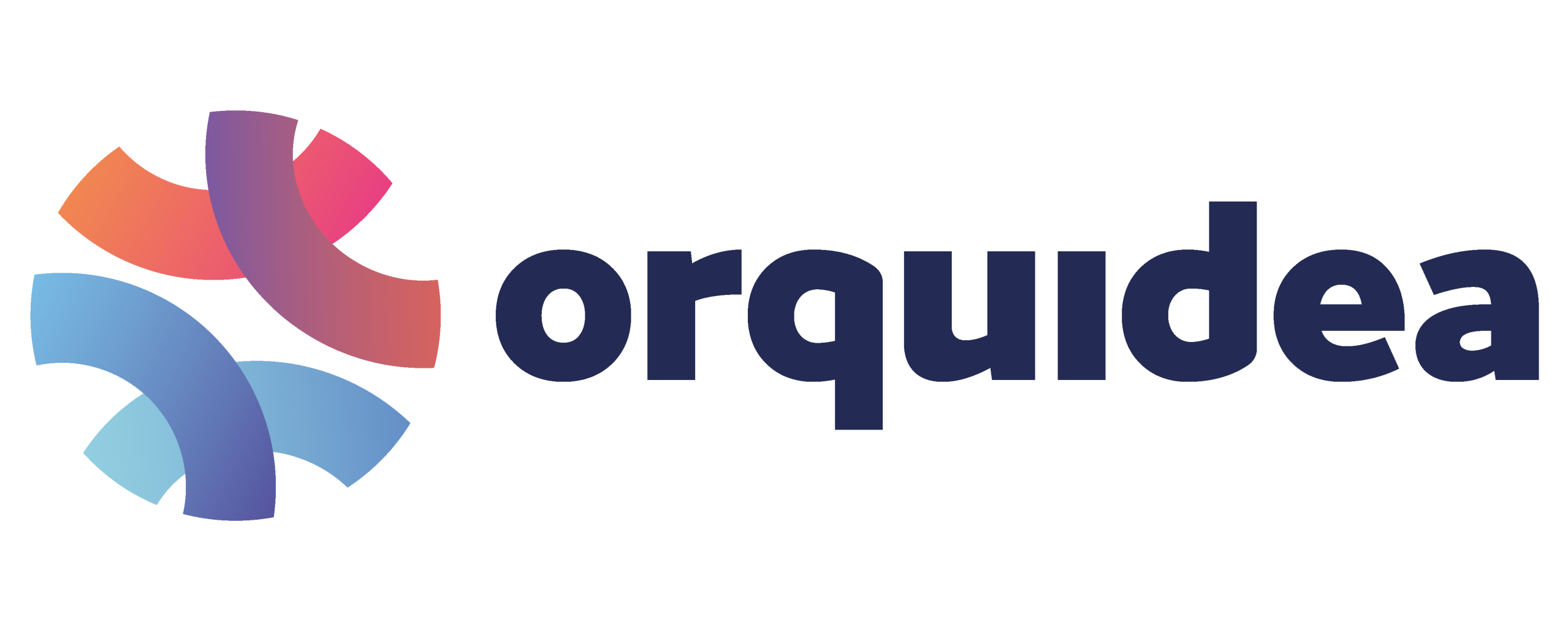The Rise of Private AI Models in Enterprise Workflows
As generative AI gains traction, enterprises face a new question: Should they rely solely on public AI models—or build their own? Across industries, companies are training or fine-tuning private AI models to meet internal needs for privacy, accuracy, customization, and control. The result: a quiet revolution in how AI is integrated, governed, and scaled.
This article explores why private AI is rising, how it differs from public models, and what it means for productivity, compliance, and competitive advantage.
1. What Is a Private AI Model?
A private AI model is:
- Trained or fine-tuned on organization-specific data
- Deployed within a company’s own cloud or infrastructure
- Governed by internal security and access policies
- Built for task-specific accuracy and customization
It provides control, confidentiality, and relevance that general-purpose models may lack.
2. Drivers of Enterprise Adoption
Companies are investing in private AI due to:
- Data privacy and compliance requirements
- Need for domain-specific terminology and behavior
- Integration with proprietary workflows and knowledge bases
- Desire to reduce dependency on external APIs or vendors
In short: they want AI that speaks their language—and respects their boundaries.
3. Key Use Cases
Private AI models power:
- Internal chat assistants trained on company documentation
- Contract analysis tuned for legal language and compliance rules
- Customer service bots grounded in real product catalogs
- Financial forecasting tools aligned with proprietary data models
- Healthcare AI tools adapted for patient records and clinical protocols
The focus is not just output—but precision, security, and context.
4. Fine-Tuning vs. Training from Scratch
Enterprises typically choose:
- Fine-tuning: adapting a pre-trained foundation model using internal datasets
- Training from scratch: building custom architecture and model layers (rare, costly)
Fine-tuning balances flexibility with scalability—letting teams leverage public innovation with private nuance.
5. Open-Source Model Ecosystem
Popular open-source models used for enterprise fine-tuning include:
- LLaMA (Meta)
- Mistral and Mixtral (Mistral AI)
- Falcon (Technology Innovation Institute)
- Gemma (Google)
- T5, FLAN, and BLOOM
These models offer transparent weights, permissive licenses, and compatibility with private infrastructure.
6. Infrastructure and Deployment
Private AI models run on:
- On-prem servers for regulated environments
- Virtual private cloud (VPC) setups
- GPU clusters or custom accelerators
- Edge devices for latency-sensitive tasks
Container orchestration and MLops pipelines ensure scalable, secure deployment.
7. Data Governance and Access Control
Enterprises enforce:
- Role-based access to model capabilities
- Logging and auditing of prompts and outputs
- Data minimization and zero retention policies
- Safeguards against hallucination and prompt injection
AI becomes not just smart—but safe by design.
8. Integration with Productivity Tools
Private models plug into:
- Document automation and summarization
- Slack, Microsoft Teams, and internal messaging platforms
- CRM systems like Salesforce for intelligent support
- ERP platforms for operational optimization
Instead of isolated chatbots, private AI becomes a layer embedded in enterprise interfaces.
9. Expert Perspective
Fei-Fei Li, AI pioneer:
“The future of AI is not just big models—it’s relevant ones.”
Enterprise tech leaders agree: context-aware intelligence is key to making AI useful—not just impressive. Private models reflect this shift toward custom cognition.
10. What Lies Ahead
Expect growth in:
- AI-native knowledge bases and semantic search
- Federated learning to protect privacy while updating models
- Agent-based automation across departments and tools
- Regulatory frameworks for model transparency and auditability
Private AI is emerging as the real operating system of enterprise workflows.
Conclusion
As companies adopt and adapt AI to their unique needs, the rise of private models marks a turning point. It’s not just about access—it’s about alignment, accountability, and advantage. In the future, smart businesses won’t just use AI—they’ll build it to reflect their values, voice, and vision.
